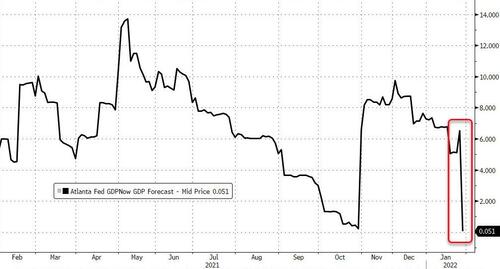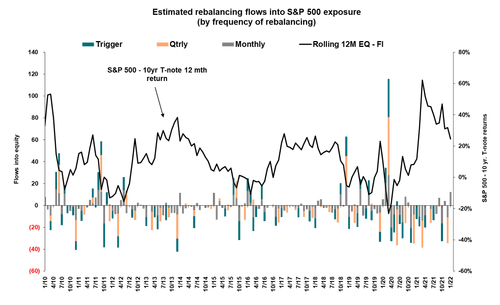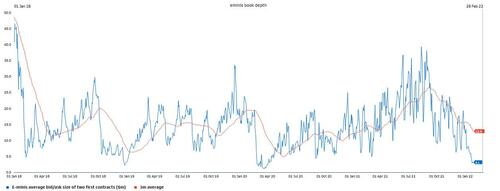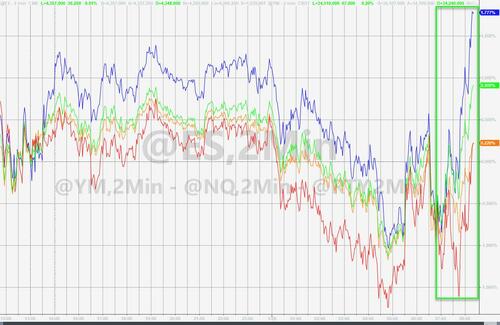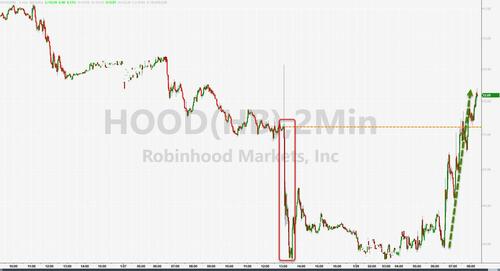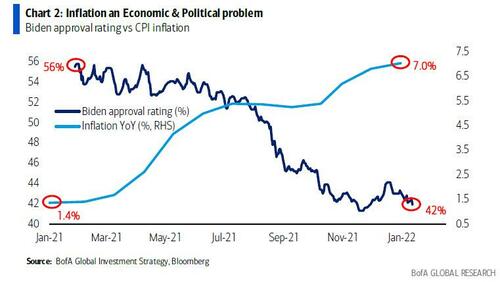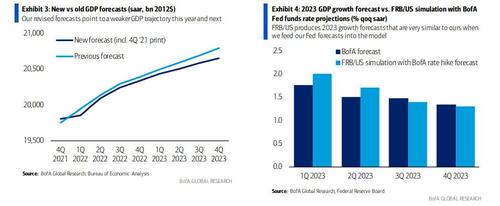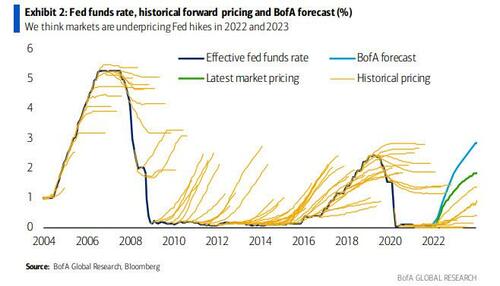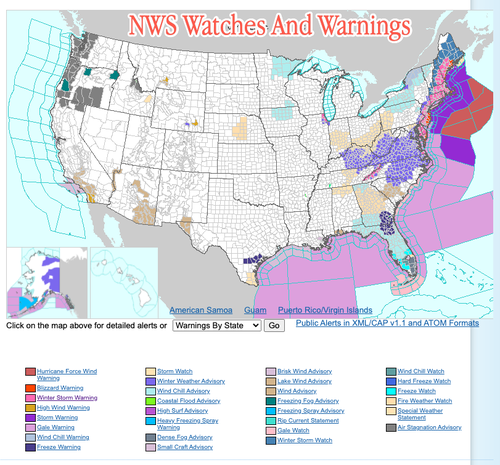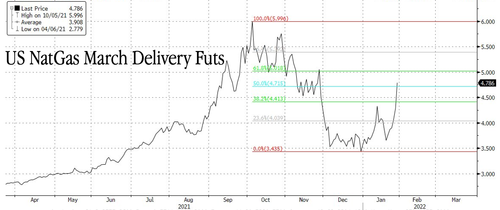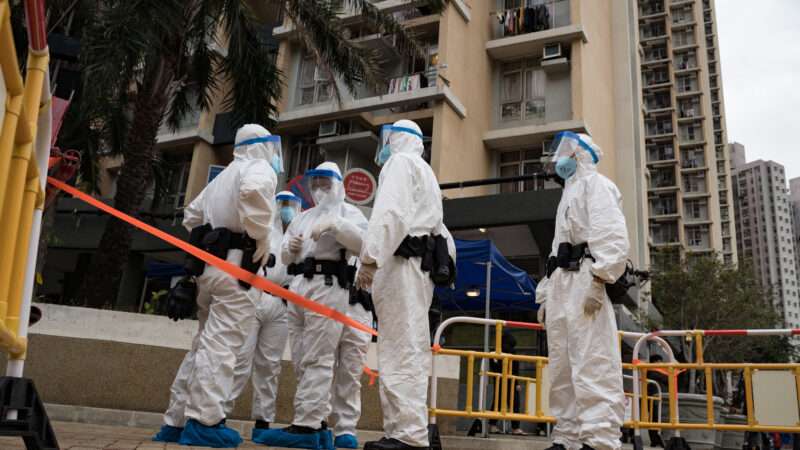
In March 2020, curfews were implemented in most major American cities. Schools were shuttered and people were given stay-at-home orders. Though many in the West have rightly wondered about the degree to which COVID-19 suppression has actually been a guise for state actors to seize more control, in Hong Kong, the case is airtight: Pandemic mitigation measures have provided cover for Beijing to stifle whatever pro-democracy holdouts remained, to fully implement the national security law that went into effect in June 2020 and aims to bring long-autonomous Hong Kong under Chinese Communist Party (CCP) control, destroying the freedoms Hongkongers hold dear.
When Britain handed its prosperous colony Hong Kong over to China in 1997, a condition of the transfer was that Beijing would allow the territory to maintain significant freedoms, along with a separately functioning system until 2047, called “one country, two systems.” With the national security law, Beijing has opted to prematurely seize control and suppress dissent, censoring any people deemed disloyal by the state.
The law, which was proposed after legislators in Hong Kong had put forth an extradition bill that would’ve allowed Hongkongers to be tried for specific crimes on the mainland, was roundly criticized by The New York Times (and many other outlets) “for introducing ambiguously defined crimes such as separatism and collusion that can be used to stifle protest.” The national security law marks the end of Hong Kong’s era of freedom and, possibly, the end of its prosperity. But all this went down in early 2019, sparking a protest movement later that year, and continued up until the first part of 2020, until the pandemic hit.
Then, COVID-19 served as the convenient excuse for why Legislative Council (LegCo) elections had to be postponed for a year. With tempo on its side and the goodwill that had been generated by a million-person-strong protest movement, the pro-democracy coalition could have maintained some influence within Hong Kong’s legislative body even as electoral viability dwindled in the face of Beijing’s increased exertions. But between elections, LegCo rules were swiftly changed allowing only “patriots” who pledge loyalty to Beijing to run.
“The government spared no effort to paint the election as legitimate, even threatening foreign newspapers that suggested otherwise,” reported The New York Times. But such loyalty oaths and purity tests meant to weed out members of the pro-democracy opposition prove that these elections were a sham, bolstered by the fact that the November 2019 elections—those held directly prior to the pandemic—resulted in a pro-democracy coalition sweep, with those candidates winning more than 85 percent of district council seats (a lower level of government than the LegCo, but a useful bellwether in terms of understanding pro-democracy sentiment).
What happened next was no surprise: a sweep in the LegCo by candidates who had sworn loyalty to the mainland. “Leading opposition figures are in jail, exile or have been intimidated into silence,” reported the Associated Press. Voter turnout was a paltry 30 percent—the lowest it had been since Hong Kong became semi-independent in 1997. (For comparison, 71 percent of registered voters showed up in November 2019 for district council elections.)
The new Potemkin legislature convened for the first time this month. In its new form, there’s no expectation that it will serve as a useful check on Beijing’s power, or a useful means of representing the many Hongkongers who remain convinced that their autonomy is worth preserving, that “one country, two systems” should not have been violated. The fact that so few of them even showed up to vote, in a place with historically strong voter turnout, substantiates the idea that these elections were a farce.
Though the complete electoral overhaul is the most disturbing example of pandemic safety being used to justify national security law implementation, there are plenty of others. COVID-19 has been used as pretense to shut down pro-democracy protests for violating social distancing rules, arguably even leading to the fizzling out of the 2019–2020 anti–extradition law protest movement. And every year in Hong Kong since 1990, people have taken to the streets to march and hold a vigil, keeping the memories alive of the Tiananmen Square dead—until 2020, when Hong Kong announced that the city would be extending COVID-19 restrictions, lifting them on June 5, the literal day after the anniversary. Not subtle.
The city’s COVID-19 rules at the time banned public meetings of more than eight people, with a potential six months in jail for violating these rules. With such high penalties on the line, only a small vigil for the victims of the Tiananmen Square massacre was held; the activists responsible were arrested and sentenced to up to 14 months of jail time. The sentencing judge remarked that defendants had “ignored and belittled a genuine public health crisis.”
College campuses aren’t faring much better. The culture of dissent that once thrived has atrophied, replaced by one of caution. Professors rightfully worry about colleagues and students snitching on them via tip lines; remote learning adaptations enable possibly more government surveillance or recording than in-person instruction; certain subjects have been removed from syllabuses. Sometimes, it’s patently obvious that national security law is the reason for speech suppression and paranoia; other times, vague “safety” justifications are what’s used, and it’s hard to tell whether administrators mean safety from viral contagion or from police.
University administrators have also tried to use the pandemic as the justification for speech restrictions, perhaps in an attempt to hide the degree to which the national security law is forcing their hands. At Hong Kong Baptist University, administrators abruptly canceled a photo exhibition last year that would have featured pictures from 2019’s anti–security law protests, after state media called them out. The university pointed to both security and pandemic concerns as the justification. (The same exhibition, during its Macau stop, was also abruptly canceled in October 2020 without any explanation, as rumors circulated that Beijing had intervened.)
Pursuing a Zero COVID policy in much the same way mainland China has, Hong Kong is currently expanding lockdowns and restrictions, including by suspending overseas flights, requiring a 21-day quarantine (with the first 14 days spent in a government-designated facility) for all arrivals, and forcing restaurants to ban indoor dining after 6 p.m. Chek Lap Kok Airport, which in 2019 was the (somewhat unwilling) host of a multi-day pro-democracy sit-in which led to flights being paused for at least two days, is now comparatively sparse with arrivals. “If Hong Kong is not connected to the rest of the world, it loses its reason for being,” long-term resident Simon Cartledge told The Financial Times.
The type of speech that had once been allowed, and the type of business investment that had once thrived, and the type of civic culture born out of Hong Kong’s unique status have all been crippled by the twin threats of the pandemic and the national security law—the former too often being the state’s sneaky justification for the latter.
The post Hong Kong's Politicians and Cops Use Pandemic Justifications To Do Beijing's Bidding appeared first on Reason.com.
from Latest – Reason.com https://ift.tt/3r90GXz
via IFTTT
